Belarus held parliamentary elections on 25 February. Sofie Bedford writes the vote suggested the country is drifting further toward full-fledged authoritarianism.
On 25 February, Belarus held simultaneous parliamentary and local council elections in what was dubbed “Single Voting Day”. Although the government did not invite the OSCE’s international election monitors, there is no doubt their verdict would have been the elections did not comply with OSCE standards – since 1994 no Belarusian election has. Nevertheless, a closer look at these elections reveals they were not just business as usual. In fact, they provide some revealing insights about the political situation in Belarus going from bad to worse.
Elections without a choice
In the past, researchers have dubbed Belarus an “electoral autocracy”. In this type of regime, the ruling elite has the monopoly on political power, but unlike in a dictatorship, regular elections are an important part of the democratic façade.
Significantly, to appear credible, elections cannot be mere window dressing; they must have some degree of autonomy. Therefore, the authorities ensure they are minimally inclusive (universal suffrage), minimally pluralistic (opposition parties are allowed to participate), minimally competitive (parties and candidates outside the ruling elite are allowed to win votes and seats, but not the election) and minimally open (dissent not subject to massive, but often selective and sporadic repression).
Such elections are asymmetrical power struggles, but they can, under the right circumstances, open a window of opportunity for those who question the political status quo. This became clear in Belarus in 2020 after the authorities made the fateful decision to hold a presidential election in the midst of the COVID-19 pandemic.
Belarusian elections were typically accompanied by an atmosphere of resigned acceptance, but in 2020 the inability of the leadership to address popular needs during the pandemic gave rise to massive grass-roots mobilisation, subsequently translating into unprecedented electoral activism.
Formerly apolitical residents openly expressed their desire for change and support for Sviatlana Tsikhanouskaya, who became President Alexander Lukashenko’s main rival. Eventually the protest movement was crushed, but last week’s elections showed the Belarusian leaders fear the 2020 scenario repeating itself. Significant effort went into ensuring the non-competitiveness of the electoral process by controlling its every aspect – candidates, voters, voting and, of course, the results.
In 2023 the government adopted a law which forced all official political parties to apply for re-registration. None of the traditional opposition parties (e.g. the Belarusian Popular Front Party, Conservative Christian Party, Green Party, Republican Party, two Social Democratic Parties and United Civil Party) managed to keep their legal status.
Subsequently, the opposition could not even nominally participate in the 2024 elections and only four (pro-regime) parties remained on the ballot. The winner among those was Belaya Rus, a social movement created to support Lukashenko, which only recently became a party. It had 51 deputies elected to the 110-seat House of Representatives, while 40 seats were awarded to non-partisan deputies – traditionally the parliamentary majority.
Repression and manipulation
Tsikhanouskaya, in exile in Vilnius, called the elections a “farce and an imitation” and encouraged the democratic forces to boycott the vote. Today any electoral activism inside Belarus is immensely dangerous. Repression is getting increasingly harsher and more indiscriminate. Being a candidate from an alternative party, a part of their team or a supporter, calling for proper vote counting, commenting on social media – anything that may be interpreted as “independently minded” can result in interrogations, arrests and imprisonment.
Belarus now has around 1,400 political prisoners, although some claim this number may be higher given that many of those incarcerated keep a low profile to avoid further punishment. Political prisoners are regularly subject to torture and other forms of mistreatment. Five have died behind bars over the past two years.
“Single Voting Day” saw increased security in and around polling stations to ensure voting did not get out of hand. In 2020 the parallel registration of votes for Tsikhanouskaya on independent platforms became an important tool for activists to challenge electoral fraud.
This time the regime made it illegal to take pictures of the ballots and they removed curtains from the voting booths to ensure this did not happen. Clearly the authorities in Minsk did not trust their colleagues abroad to enforce the security protocol. Belarusians outside the country were not able to vote at their embassies, only at a designated polling station in Minsk – particularly unappealing to those who left in fear of persecution after the 2020 presidential election.
According to the Central Election Commission, final turnout was 73 percent. This did not really matter given that the turnout threshold for these elections was abolished – perhaps in anticipation of a post-2020 political fatigue among the population. The fact that early voting was at a record high seems to indicate the regime was worried about participation. Pre-voting has been described as the “most convenient time for falsifications” and is often accompanied with reports of forced and incentivised voting by students, soldiers, teachers and other civil servants, as well as artificially inflated turnout figures. This time, 48 percent cast their votes early – six percent more than in 2020.
Full-fledged authoritarianism
Given the Parliament has little formal and informal power in a super-presidential system, and the local councils having even less power, the effort that went into removing any meaning from these elections comes across as excessive. One reason was, obviously, the memory of 2020. Another is that these elections are seen as a first step in the next chapter of Belarusian political history.
Last year a new section of the constitution was added which makes the All-Belarusian People’s Assembly an official organ with massive authority over all branches of government. Previously the Assembly was a group of Lukashenko supporters convened whenever public “national support” was needed.
Now this Assembly will have far reaching powers. It will, for example, be able to introduce martial law, initiate impeachment, elect and remove judges of the Supreme and Constitutional Court and dismiss the results of presidential elections. The appointment of its members will be conducted by the newly (s)elected regional and national deputies.
The Assembly will be led by a presidium, prompting comparisons with the Soviet Union’s Politburo. Initially, Lukashenko taking on the post as its chairman was believed to pave the way for him giving up the presidency. But, as he recently announced his intention to participate in the 2025 presidential election, this is unlikely to happen any time soon.
Incidentally, the amendment to the constitution is written in such a way that Lukashenko (personally) has the right to be both President of Belarus and head of the Assembly until 2035. Theoretically, the Assembly in its new role completely changes the power structure of Belarus. For now, it just serves to further consolidate Lukashenko’s personalised authoritarian regime.
As uninteresting as the “Single Voting Day” was, it did give an update about the situation in Belarus. That the authorities did not bother to make the elections even superficially legitimate indicates “electoral autocracy” no longer correctly defines the Belarusian regime.
Additionally, as chairman of the All-Belarusian People’s Assembly (and President), Lukashenko will not only be informally almighty but given omnipotent power by the constitution. Under these circumstances Belarus is a full-fledged authoritarian regime, without adjectives. If it continues in this direction, the popular label of Europe’s “last dictatorship” will soon become conceptually accurate.
Note: This article gives the views of the author, not the position of EUROPP – European Politics and Policy or the London School of Economics. Featured image credit: Sasa Dzambic Photography / Shutterstock.com


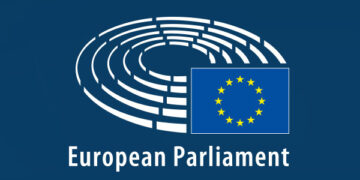














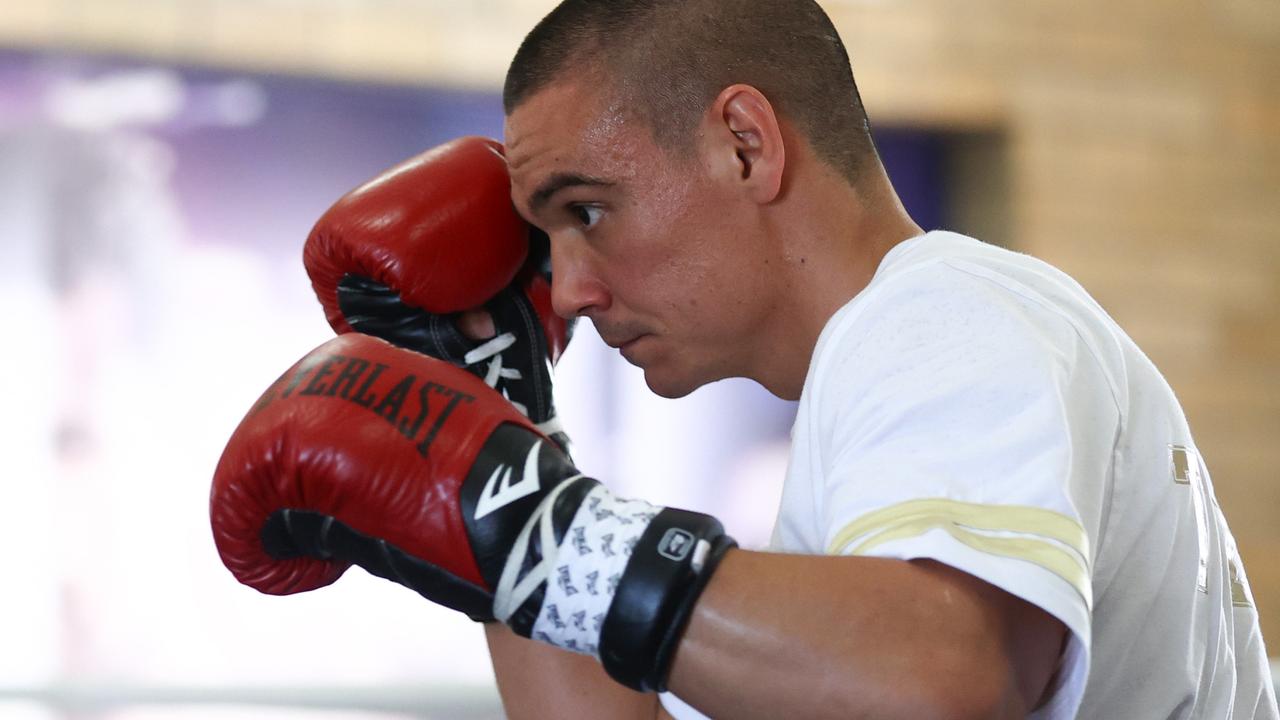
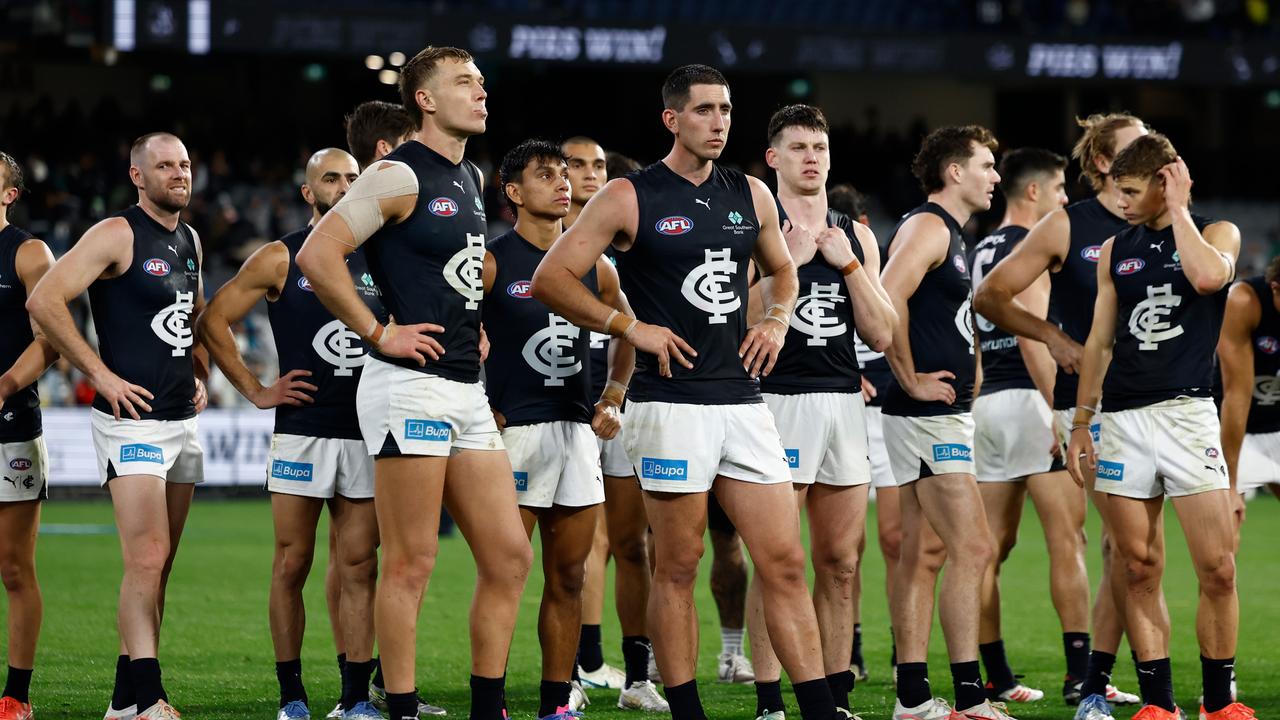




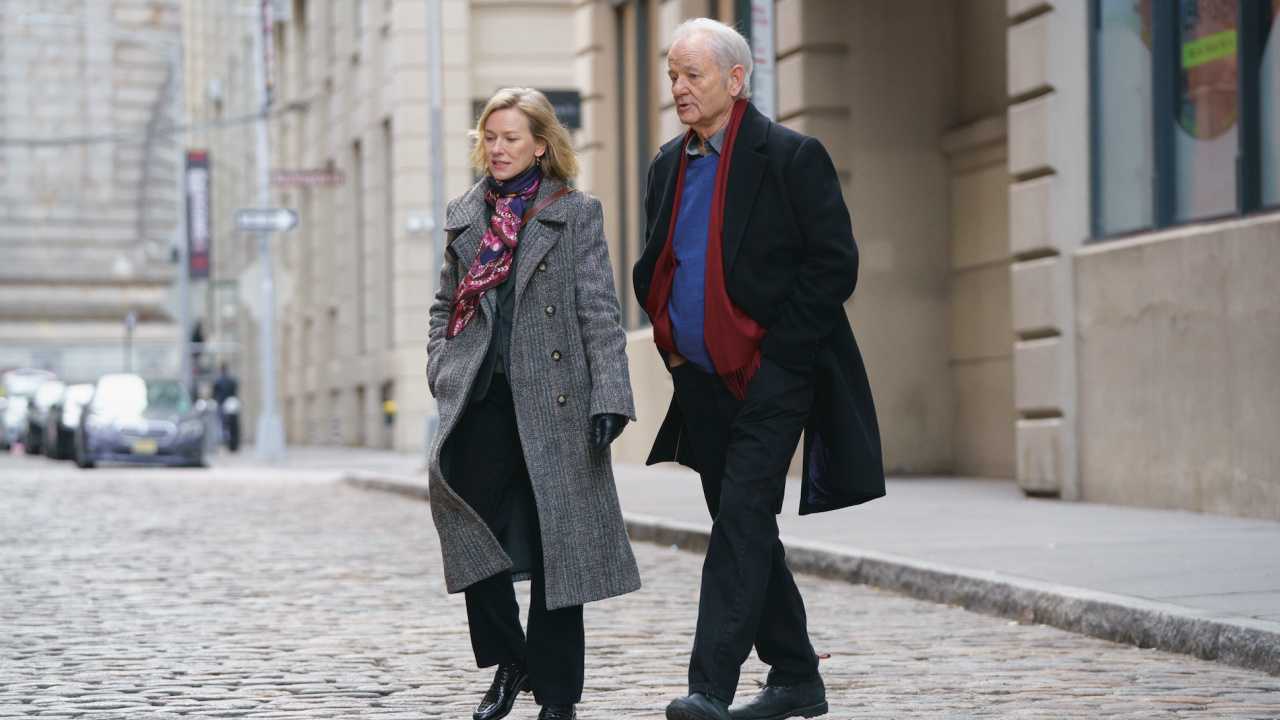

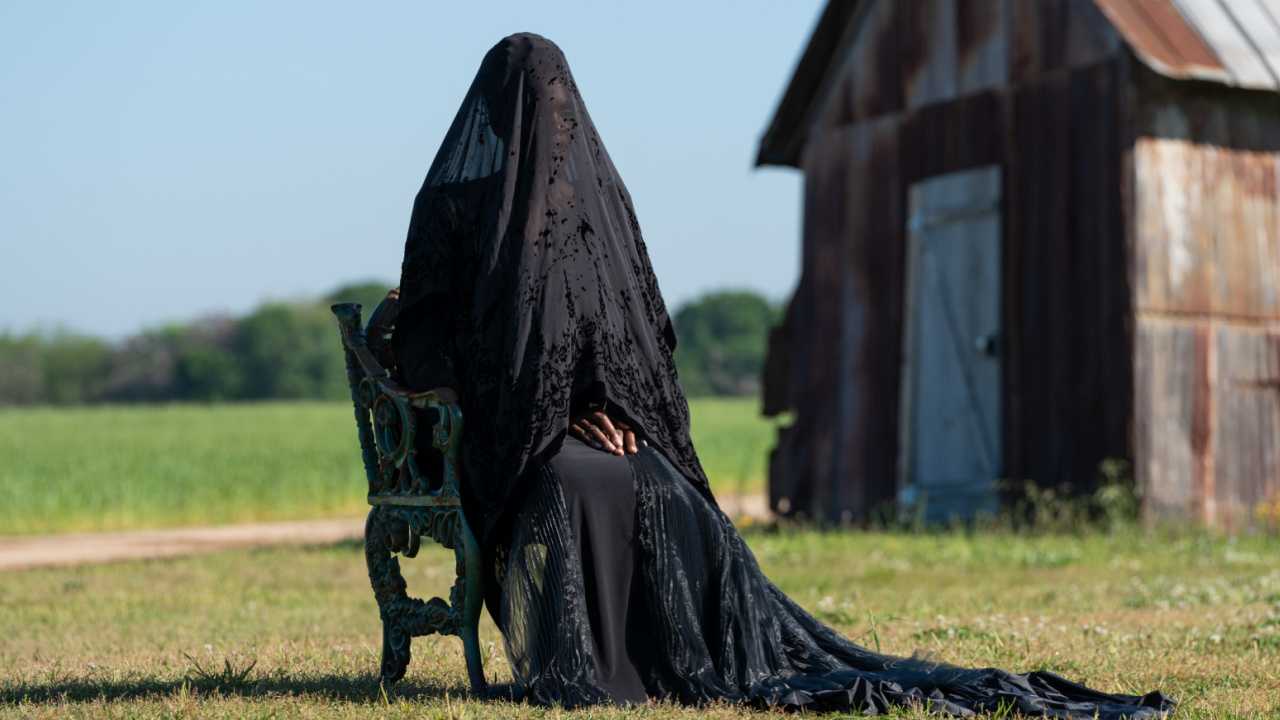
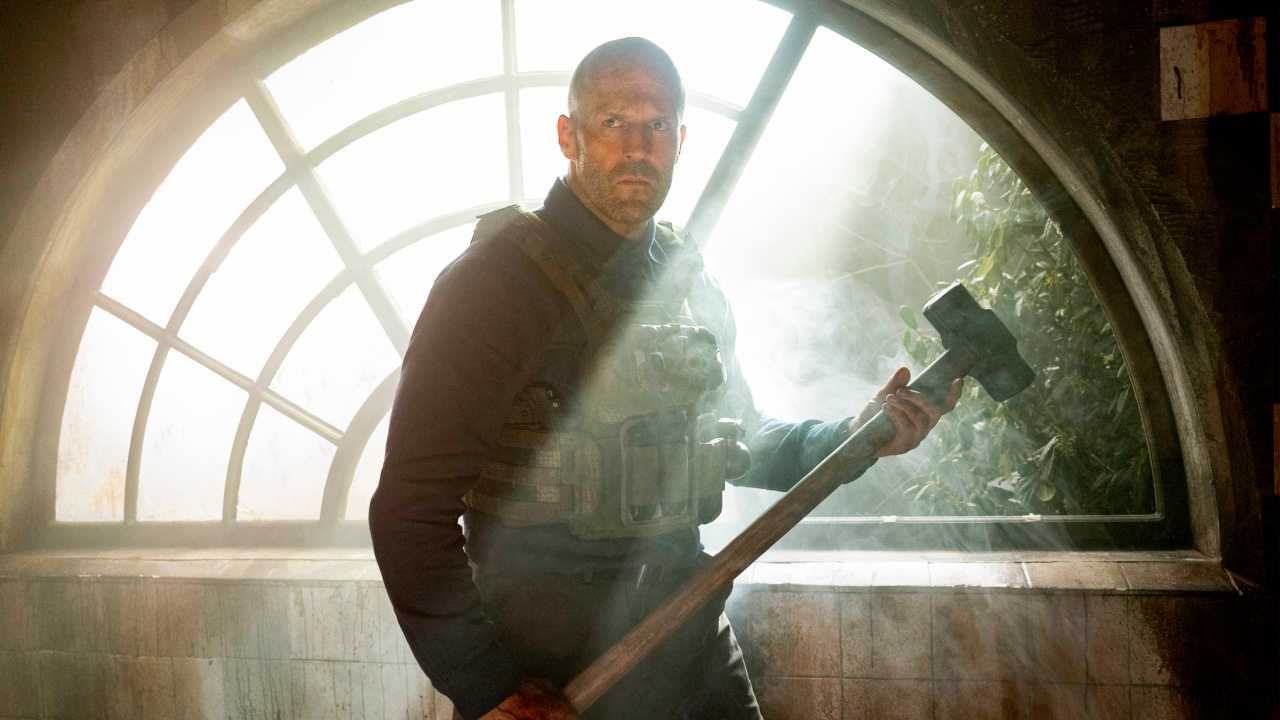
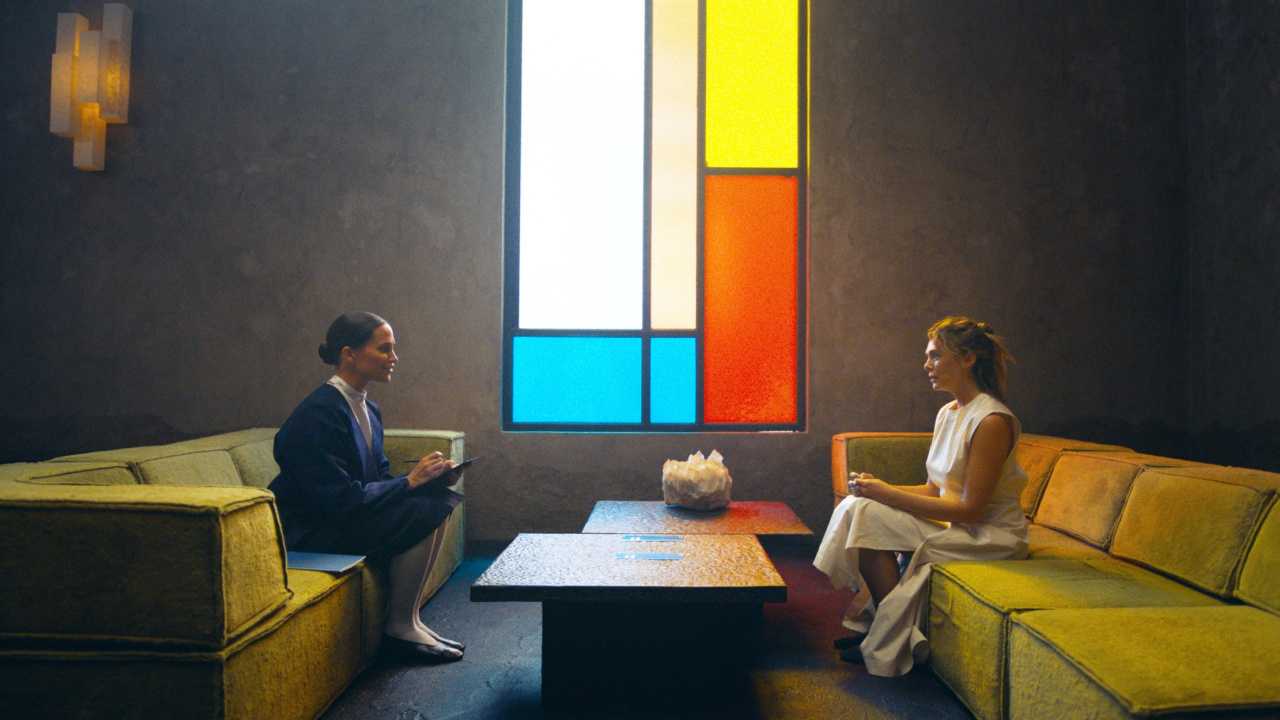


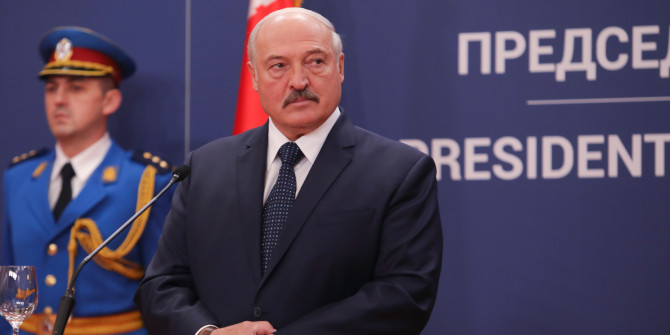



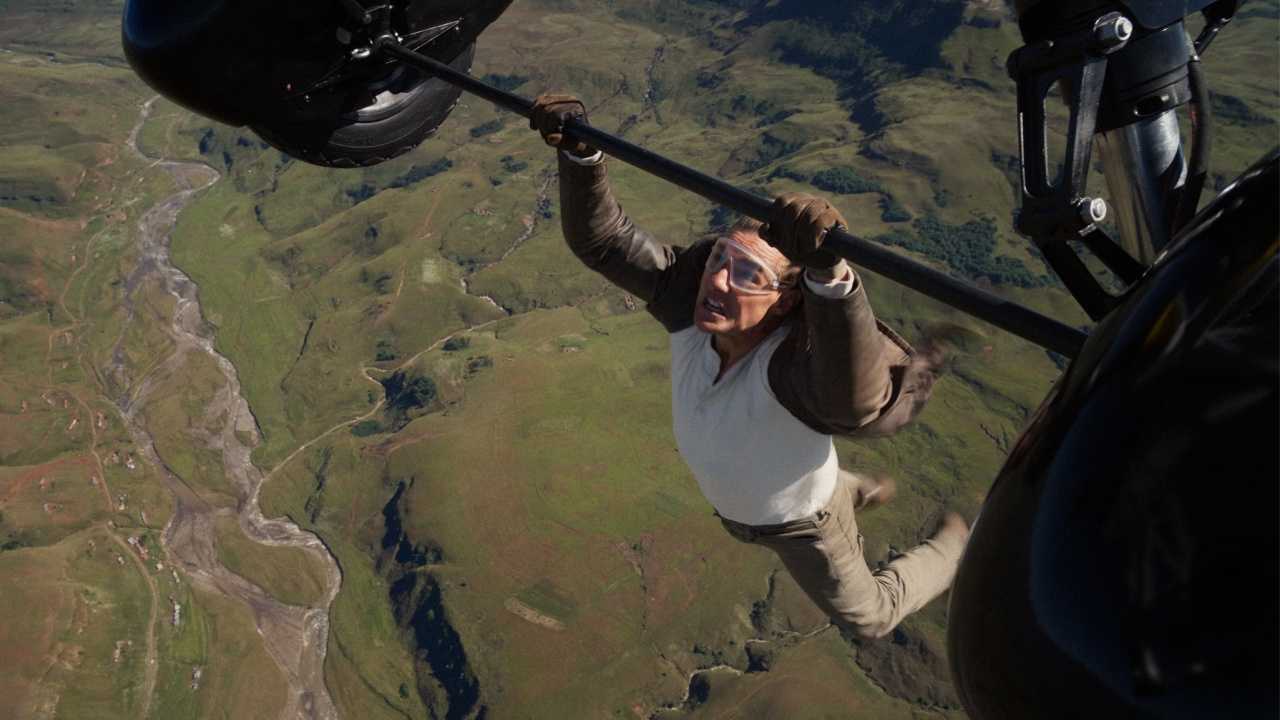

Discussion about this post